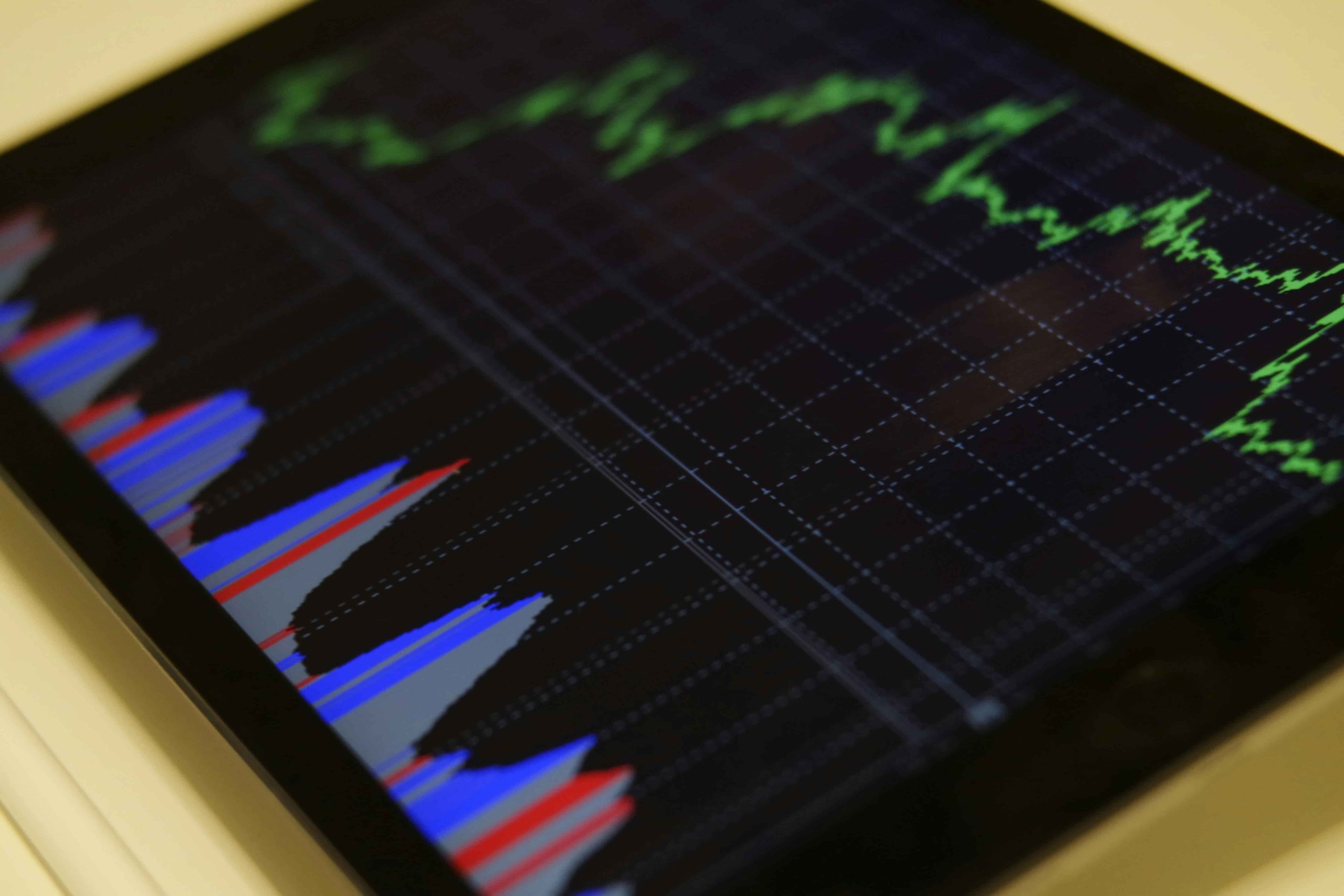The evolution of the financial markets starting in the latter half of the 20th century through to today coincides with a broader opening of different ways to invest and markets to invest in.
The currency pair, a staple of forex investment started to be developed in the 1970s and became the relatively free market it is today by 1983, whilst the Nasdaq pioneered computer trading away from traditional trading floors, radically transforming and opening up the markets in the process.
The development of technology and new markets led to the development of additional technology used by proprietary trading firms to manage, interact and in some cases interpret the market, making trades based on pre-programmed trading strategies.
This was not always the case of course, nor could it feasibly be before the widespread adoption of computer trading, but one of the big catalysts for this fundamental shift in the market was the rather chequered legacy of the so-called Nifty Fifty.
These so-called “one-decision” stocks were seen as a reliable, faithful buy-and-hold part of a portfolio that would always be worth keeping.
However, this was not always the case, and when the fractures in the Nifty Fifty arose in the 1970s, the result was a very transformative market crash.
The Nifty Fifty
The Nifty Fifty, unlike the FTSE 100, was not a definitive list of companies but instead a designation for the largest-cap stocks on the New York Stock Exchange.
The term was used similarly to a blue chip, in that they are a financially sound, well-established company that trades on solid fundamentals and provides long-term, steady gains.
They are the kinds of companies that have high valuations, but were justified by similarly high returns, or so was the conventional wisdom of the markets at the time.
What set them apart from other stocks was their long-term stability, which perhaps made them less suitable for traders looking for higher rates of return but could still form the backbone of an investment portfolio that was invested in over a long period of time.
At least, that was the story that was told of these stocks at the time. In reality, the Nifty Fifty was far more of a mixed bag, especially when observed from a future vantage point.,
Companies such as PepsiCo, The Coca-Cola Company, McDonald’s, IBM, Gillette, Johnson & Johnson, The Walt Disney Company, Eli Lilly, General Electric, and so on, were seen as leaders in their field, with high profit, astonishing growth and a strong balance sheet.
The idea was that all you needed to do to make money was buy and hold these shares in perpetuity. It would hardly sustain a prop firm, but it might be enough to create a retirement nest egg, even if as Jeff Fesenmaier and Gary Smith found, the more sustainable choice there is to invest in the S&P 500.
They also found that part of the problem was that the Nifty Fifty name was somewhat misrepresented and whilst around 24 stocks commonly cited as Nifty Fifty stocks did typically well, and Wal-Mart infamously managed to outperform the market in spectacular fashion, other seemingly safe bets collapsed dramatically.
The start of this was the 1973-74 stock market crash, a global crash that cut the S&P 500 in half but decimated the UK’s FT 30 (a predecessor to the FTSE 100) by 73 per cent, triggering a widespread recession through the middle of the 1970s that would not be fully shaken off until the mid-1980s.
During a bull market, everything can be a success, but the true test of a blue chip stock (or in this case a Nifty Fifty) was how it performed in difficult circumstances.
The answer, for many stocks in the Nifty Fifty, was not well. After a brief holding period where the Nifty Fifty stocks held firm, they fell dramatically in value. Polaroid dropped in value by 91 per cent, whilst Xerox and Avon both fell considerably as well.
It was seen as a warning sign for growth stocks and a warning to be wary of unrealistic expectations when it came to valuations. Many of the Nifty Fifty were (at the time at least) good companies, but valued in such a way that made them bad stocks.
Bad stocks get exposed during a recession, and given that a full recovery of the market in real terms did not happen in the UK until 1987 (and only lasted until Black Monday) and in the USA until 1993, this led to an exploration of other approaches and markets.
This opened up the market to new ideas and skilled investors, laying the groundwork for the fast-paced technology-driven prop firm market we see today.









